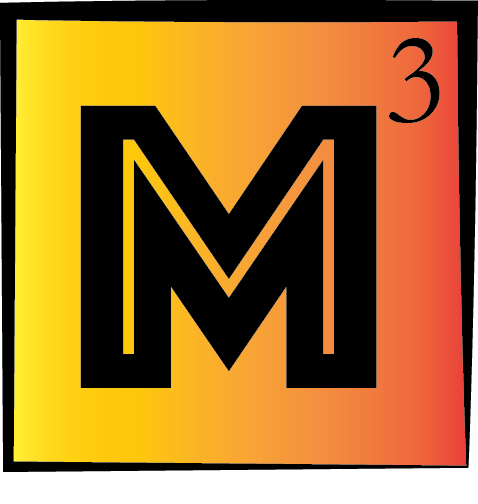The overall goal of the kick-off meeting (held on July 6th, 2016) was to determine whether a critical mass exists of researchers within the Mid-Atlantic region interested in microbiome research and whether there is interest in creating closer ties between the different groups; the consensus response from the M3 kick-off meeting was Y-E-S.
To gauge interest, we polled a number of researchers in the area and received responses from 84 people from 14 different local universities and federal agencies . Our intent was to make M3 an inclusive community and we encourage suggestions for other people and institutions (including industry) that should be invited to participate.
After opening remarks, we divided the meeting into randomly assigned break-out groups tasked with discussing four questions:
- What is the best format for future meet-ups?
- What does one get out of engagement as part of M3?
- Who else should be involved in this interaction?
- Are there any cross-institutional resources that we could work together to develop?
A representative from each of the break-out groups summarized the discussions. Here we highlight the key comments obtained from the participants:
Best format for future meetings. The overall consensus was that focused direct interaction such as the break-out sessions is probably the best way to develop meaningful interactions among scientists. The suggestion was that future meetings of this community take the form of focused workshops that allow plenty of time for interactions during poster sessions, perhaps preceded by lightning talks. Other avenues for interaction that were highlighted included organizing informal meetings at coffee houses, summer schools/hands-on seminars, and hackathons organized around specific datasets.
Goals/needs for the participants in M3. The participants at the meeting highlighted the need to create bridges between academia, government, and industry. Interactions with a broad group of researchers can also make one aware of techniques and approaches used in our fields that could be relevant to their work. In other words, a big reason people want to be involved in the broader community within our region is to provide opportunities for the cross-polination of ideas across disciplines. Biologists are looking for computational collaborators who can help analyze datasets. Computational scientists are looking for motivating biological problems. One suggestion was made that we create a “craiglist” for research in our region, allowing scientists to identify possible collaborators around specific problems, be it finding the right biological question for a particular computational technique, or identifying the appropriate expertise for analyzing a particular type of biological data. Another suggestion was the creation of a “bank” of use cases defining specific biological problems together with datasets and evaluation criteria, providing computational scientists with challenge problems, thereby encouraging the development of software tools meeting the specific needs of biologists. Another common need is the development of standards, protocols, and best practices around microbiome research, activity that can best leverage the complementary expertise of the different institutions in our region. Participation in M3 can also lead to the creation of ties that enable us to be more effective in obtaining research funding.
Cross-institutional resources. The main cross-institutional resources mentioned during the discussion were shared datasets and analysis results and technological resources, such as computational hardware or shared facilities filling other technological needs (e.g., sequencing facilities). Also, the sharing of educational resources and students/postdocs could be a benefit of this community.
Who else should be involved? Participants suggested we include the American Type Culture Collection (ATCC) in future meetings as well as reach out to local industry.

